As previously announced, SSAB is investing a total of 4.5 billion euros in a next-generation electric steel production facility in Luleå, Sweden. With this investment, the company will replace its existing blast furnace process with electric arc furnace (EAF) technology, reducing carbon dioxide emissions by approximately %90—an amount equivalent to around %7 of Sweden’s total emissions.
The newly granted funding will be used to electrify the final steel plate processing stages at the Luleå site and improve overall energy efficiency. Currently powered by natural gas and propane, these operations will be converted to electric systems under the project.
Carl Orrling, Head of Technology and Transformation at SSAB, commented:
“The support from the Swedish Energy Agency is a great motivation for us. The Industrial Leap program is an important tool that promotes technological development while aiming to reduce the industry’s impact on the climate.”
Once completed, the project is expected to cut emissions by approximately 169.000 tons of CO₂ equivalents per year and achieve energy savings of around 555 GWh annually. Running from May 2025 to June 2026, the initiative will cover detailed design work for processes, grid connections, control systems, and supporting infrastructure.
Beyond climate benefits, the Luleå investment is also projected to deliver strong economic advantages for SSAB. The new facility will offer lower fixed costs, shorter lead times, and greater production flexibility, enhancing the company’s overall competitiveness. With an annual capacity of 2.5 million tons, the plant will include two electric arc furnaces, advanced secondary metallurgy, and an integrated hot rolling, galvanizing, and annealing complex equipped for modern cold rolling operations.
Previously, SSAB received 1.45 billion SEK in grants from the Just Transition Fund and the Swedish Agency for Economic and Regional Growth to support the conversion of its blast furnace up to the continuous casting stage. The new project marks the first instance of public funding directed toward the final processing steps—including hot rolling, cold rolling, and galvanizing.
Additionally, SSAB’s Borlänge plant, one of the company’s three major production sites in Sweden, continues to play a key role in its sustainability strategy. As the company advances toward a climate-neutral Borlänge by 2030, the Luleå investment stands at the core of SSAB’s vision for fossil-free steel production.


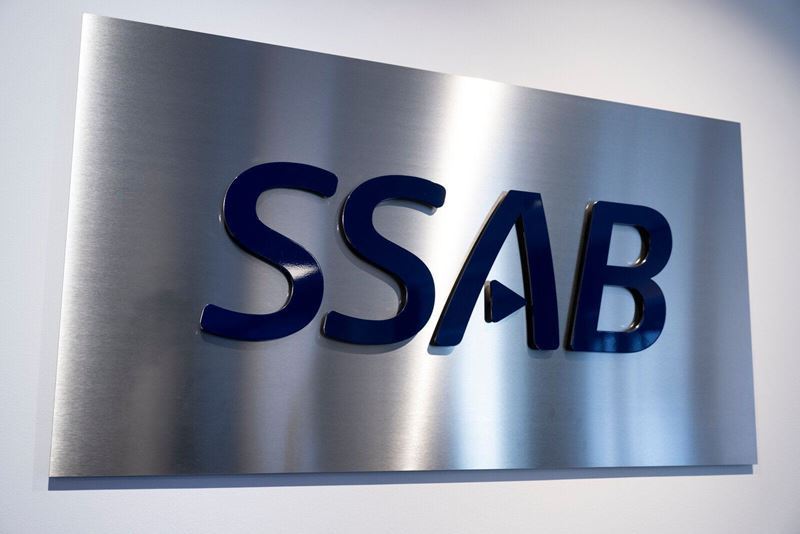
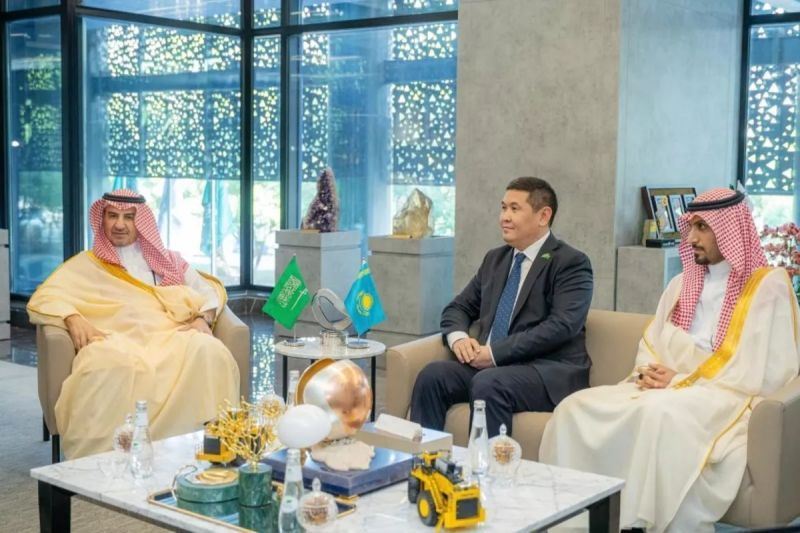
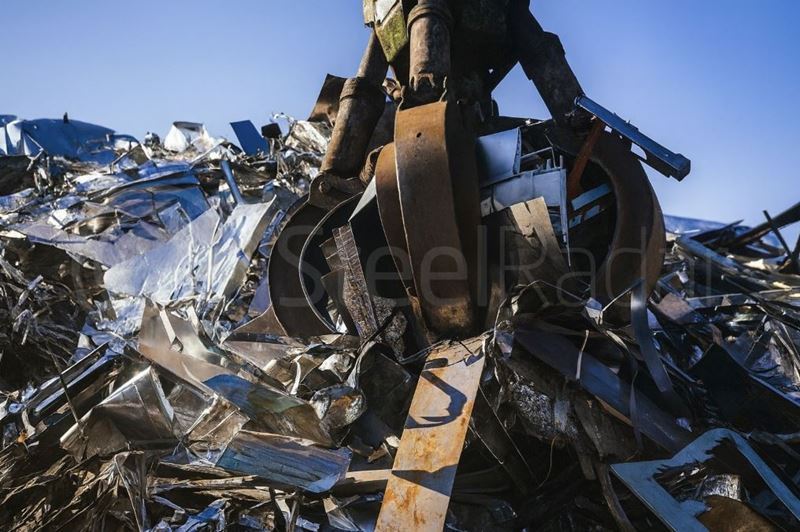
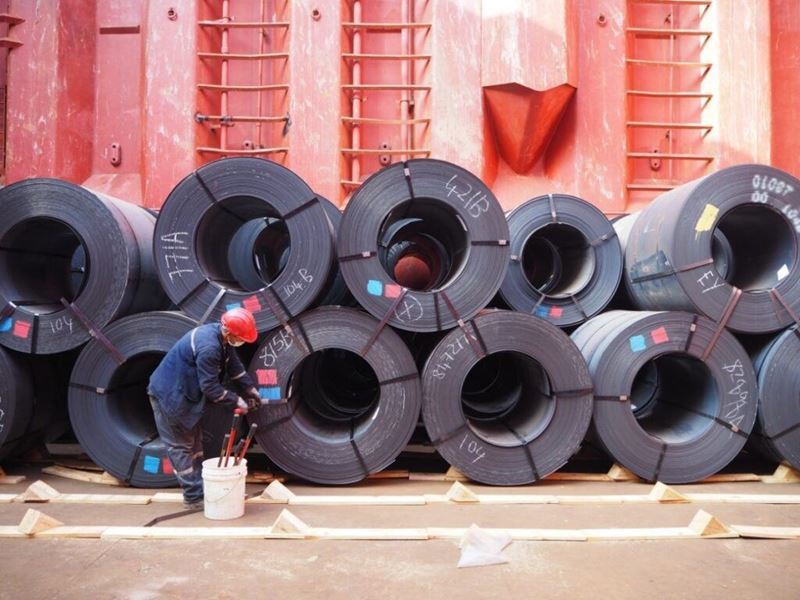
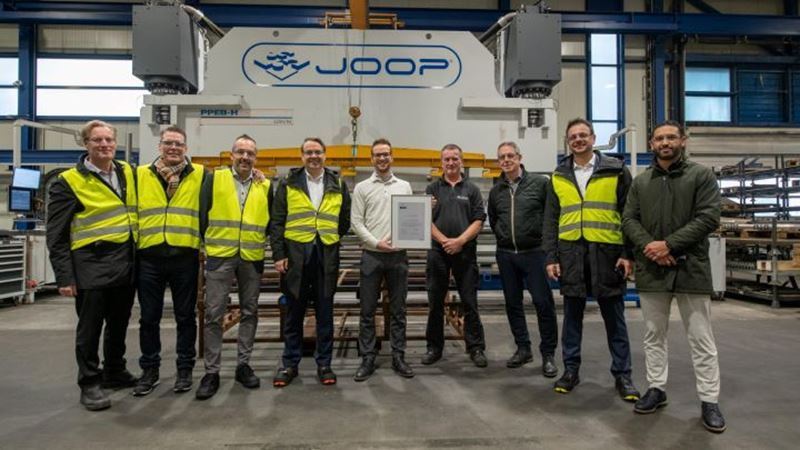
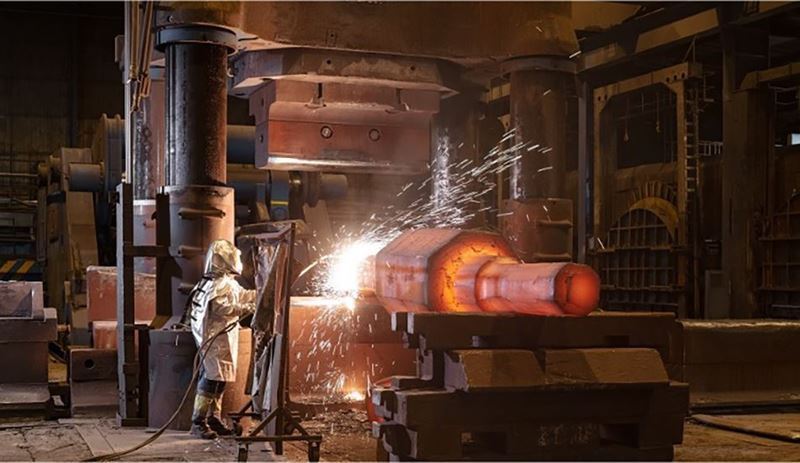

Comments
No comment yet.